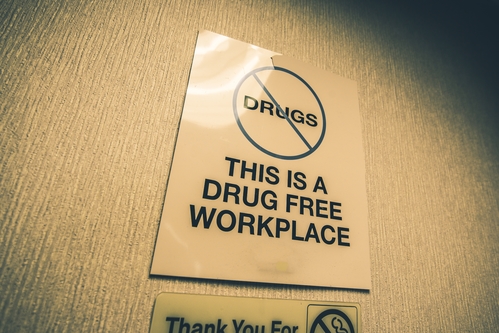Is it time for American employers to revisit policies on the drug free workplace? Recent events point to a need for a re-evaluation.
The recent arrest of a Southwest Airline pilot on suspicion of intoxication was a grim reminder that employers haven’t won the battle of substance abuse in the workplace.
It has been almost twenty years since the federal government instituted the Drug Free Workplace Act requiring any organization that sells more than $100,000 of goods or services to the Feds to maintain a drug-free workplace with a complete policy and program. Because of this, virtually all large employers doing business with the government have a program. But, surprisingly, up to half of the remaining US employers don’t have any type of active drug free program. The smaller the organization, the more likely there is no program.
I’ve had discussions with many such employers, and the reasons why they don’t have programs vary. Some believe that such a program intrudes on employees’ privacy. Others don’t think that drugs are a problem for their organization.
Statistics tell the story
However, statistics clearly document the need for every employer: Almost one in ten employees are heavy drinkers or illicit drug users. For those employers in the construction, transportation, and hospitality industries, the numbers are even higher. And employees with drug or alcohol issues are the most costly. The Department of Labor reports that drug and alcohol abusers cost American employers over $81 billion in lost productivity. Abusers are 70 percent more likely to be absent from work than non-abusers. And they are responsible for almost half of all workplace injuries.
When it comes to workplace substance abuse, those employers that don’t have a program are the most vulnerable. Employees who can’t survive a drug test specifically search out those employers who don’t have a policy and an active program. As a result, non drug-free employers become the employer of choice for abusers and are up to three times more likely to have abusers on the payroll than drug free employers.
Resources are available
Getting a program in place isn’t that difficult. The Department of Labor’s Drug Free Workplace Advisor is a great place to start. You’ll find everything you need to develop a program, including an automated policy builder.
Most employers with a drug free program report improved productivity results. They tend to see reduced absenteeism, fewer accidents, better overall employee health status, and improved morale. If you’ve got a drug free workplace program in place, then you’re enjoying the benefits. If not, it may be time to reconsider implementing one.

